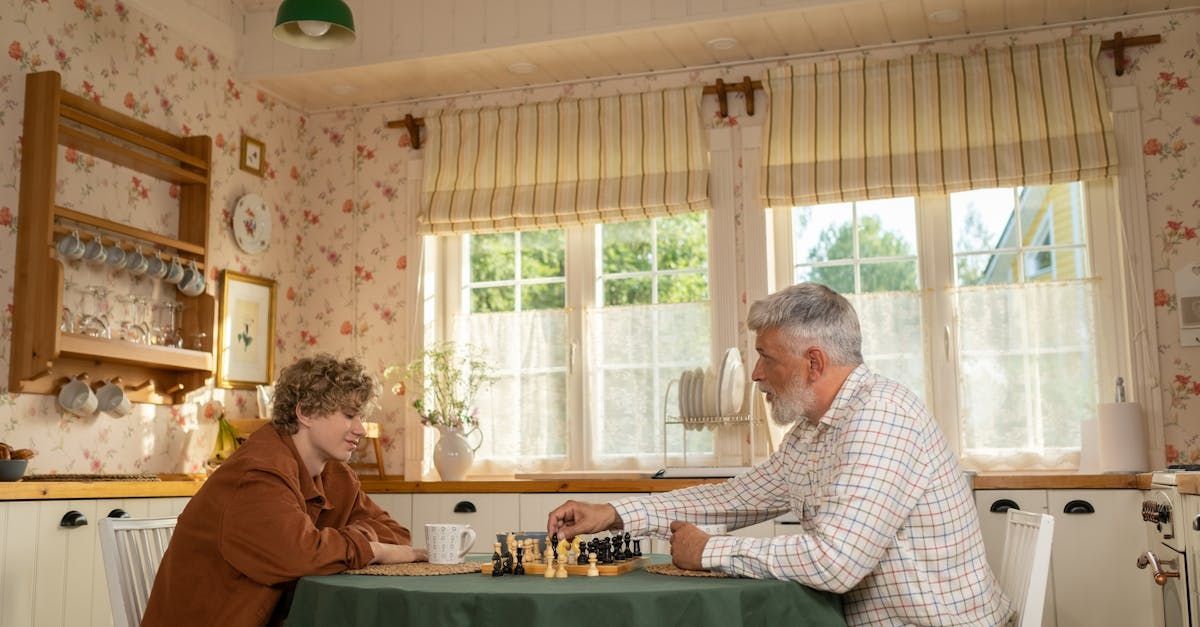How Can You Protect Your Social Media Privacy After Death?
How Can You Protect Your Social Media Privacy After Death?
You've spent years cultivating your online presence, sharing life's precious moments, and connecting with loved ones across various social media platforms. Now, imagine all of that disappearing or, worse, falling into the wrong hands after you're gone. This guide will walk you through the steps to protect your social media privacy after death, ensuring your digital legacy remains secure and respectful, safeguarding your memory and your data.
Why Planning Your Digital Legacy is Important
Considering your digital legacy is just as important as your physical one. Without a plan, your social media accounts can become vulnerable, leading to potential issues for your loved ones.
For instance, take the case of Sarah, a successful business owner who built a thriving online presence for her eco-friendly clothing line. When Sarah unexpectedly passed away, her accounts were left unprotected and got hacked. Her grieving family had to deal with scammers posting inappropriate content and trying to con her followers, adding stress to their loss.
Or think about Grandma Rose, who loved sharing family photos and inspirational quotes on Facebook. After Rose passed away, her account became a target for spammers. Her family, already missing her daily posts, had to navigate the complex process of regaining control of her account.
These real-world scenarios underscore the importance of having a well-thought-out digital legacy plan. Let’s prepare with these essential steps.
Five Essential Steps to Protect Your Social Media Privacy After Death
1. Create a Digital Inventory of Your Social Media Accounts
How do I create a digital inventory of my social media accounts?
Start by making a list of all your social media accounts, including login details. Store this information securely, such as in a password-protected spreadsheet or a secure password manager. Regularly update this inventory to keep it current.
2. Choose a Legacy Contact
Who should I choose as my legacy contact and what do they need to know?
Select a trusted person to manage your social media accounts after your passing. Discuss your wishes with them, such as whether you want your profiles memorialized or deleted. Ensure they have access to your digital inventory and understand your preferences.
3. Familiarize Yourself with Social Media Policies for Deceased Users' Accounts
What are the social media policies for deceased users' accounts?
Each social media platform has specific policies for handling accounts of deceased users. Here’s a quick overview:
- Facebook: Offers options for memorialization or deletion. Memorialization turns the profile into a tribute page, while deletion removes the account entirely. You'll need to provide proof of death and your relationship to the deceased.
- Instagram: Similar to Facebook, it offers memorialization and deletion. You'll need to submit proof of death and your relationship to the deceased.
- Twitter (X): Allows account deactivation upon request. You must submit details about the deceased, your ID, and a copy of the death certificate.
- LinkedIn: Facilitates profile removal upon request. You'll need to provide the deceased's name, profile URL, your relationship, and an obituary link.
- Google and YouTube: To close these accounts, visit Google's support page, fill out their form, and provide scans of the death certificate and your ID.
- Pinterest: Contact Pinterest via email with the deceased user’s account username, proof of death, and your relationship to the deceased.
- Snapchat: Use the support page to submit a request, providing details like the username and proof of death.
- Tumblr: Send an email to Tumblr’s support page requesting removal of the account, including the deceased’s username, proof of death, and your relationship
For more detailed instructions on various platforms, refer to specific help sections on their websites.
4. Decide Between Memorialization or Deletion
Should I have my accounts memorialized or deleted after I pass away?
Decide whether you want your profiles to remain as a memorial or be deleted entirely. Memorialization allows friends and family to remember you, while deletion removes your digital footprint. Communicate your choice clearly to your legacy contact and document it in your digital legacy plan.
5. Review and Update Your Digital Legacy Plan Regularly
How often should I review and update my digital legacy plan?
Your digital legacy plan should be reviewed and updated regularly, at least annually or whenever you add new accounts. This ensures that your plan remains accurate and your legacy contact is always prepared.
Additional Steps to Consider
6. Legal Considerations for Your Digital Legacy
What legal steps should I take to protect my digital legacy?
To protect your digital legacy, consider including specific provisions in your will regarding your digital assets. Consult with a lawyer who specializes in digital assets to ensure your wishes are legally binding and comprehensively covered in your estate plan. This might include appointing a digital executor who has the legal authority to manage your digital accounts and assets according to your instructions.
7. Handling Financial Accounts and Digital Assets
How should I manage my financial accounts and digital assets after death?
Document all your digital financial accounts, such as PayPal, online banking, and cryptocurrency accounts. Make sure to include details like account numbers, usernames, and passwords in your digital inventory. Provide clear instructions to your legacy contact or digital executor on how to access and manage these accounts. This may include paying off outstanding debts, closing accounts, or transferring assets to beneficiaries.
8. Privacy and Security Measures
How can I ensure the privacy and security of my digital legacy?
Protect your digital legacy by using strong, unique passwords for each account and enabling two-factor authentication where possible. Consider using a password manager to keep track of your passwords securely. Regularly update your security measures to prevent unauthorized access. Inform your legacy contact of these security practices and ensure they have the necessary information to manage your accounts securely.
9. Communicating Your Digital Legacy Plan
How do I communicate my digital legacy plan to my loved ones?
Have a candid conversation with your loved ones about your digital legacy plan. Explain the importance of managing your digital accounts after you’re gone and how it can help avoid potential issues. Share the details of your digital inventory and the role of your legacy contact. Make sure they understand your wishes and know where to find the necessary information. Providing a written summary of your plan can help avoid any confusion.
10. Resources and Tools for Managing Your Digital Legacy
What resources and tools can help manage my digital legacy?
Managing your digital legacy can be complex, but platforms like PurpleBinder simplify the process. PurpleBinder helps you organize and secure your digital assets, providing a comprehensive solution for managing your social media accounts, financial accounts, and other digital information. Here are some key features:
- Centralized Digital Inventory: Keep track of all your online accounts and login details securely in one place.
- Legacy Contact Management: Easily designate and communicate with your chosen legacy contact.
- Customizable Digital Legacy Plan: Create a plan that reflects your wishes for each account, whether it’s memorialization or deletion.
- Secure Document Storage: Store important documents like wills, trusts, and passwords securely.
- Regular Updates and Notifications: Ensure your digital legacy plan remains current with regular updates and notifications.
By using PurpleBinder, you can ensure your digital legacy is managed effectively and securely, giving you peace of mind that your online presence will be handled according to your wishes.
Planning your digital legacy is an essential step in protecting your social media privacy and ensuring your online presence remains secure and respectful. By following these steps and using tools like PurpleBinder, you can create a comprehensive digital legacy plan that safeguards your online presence and spares your loved ones from unnecessary stress.

